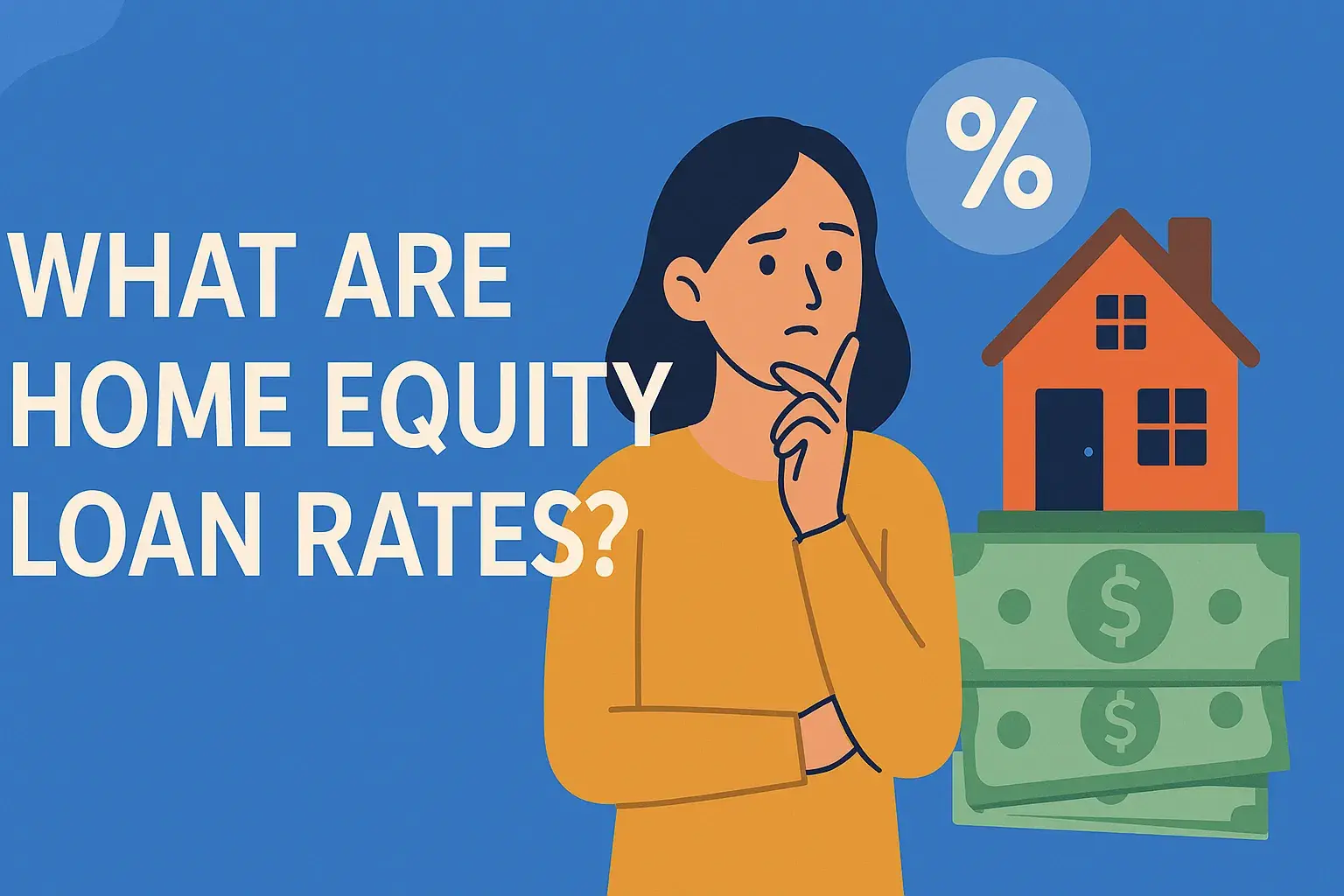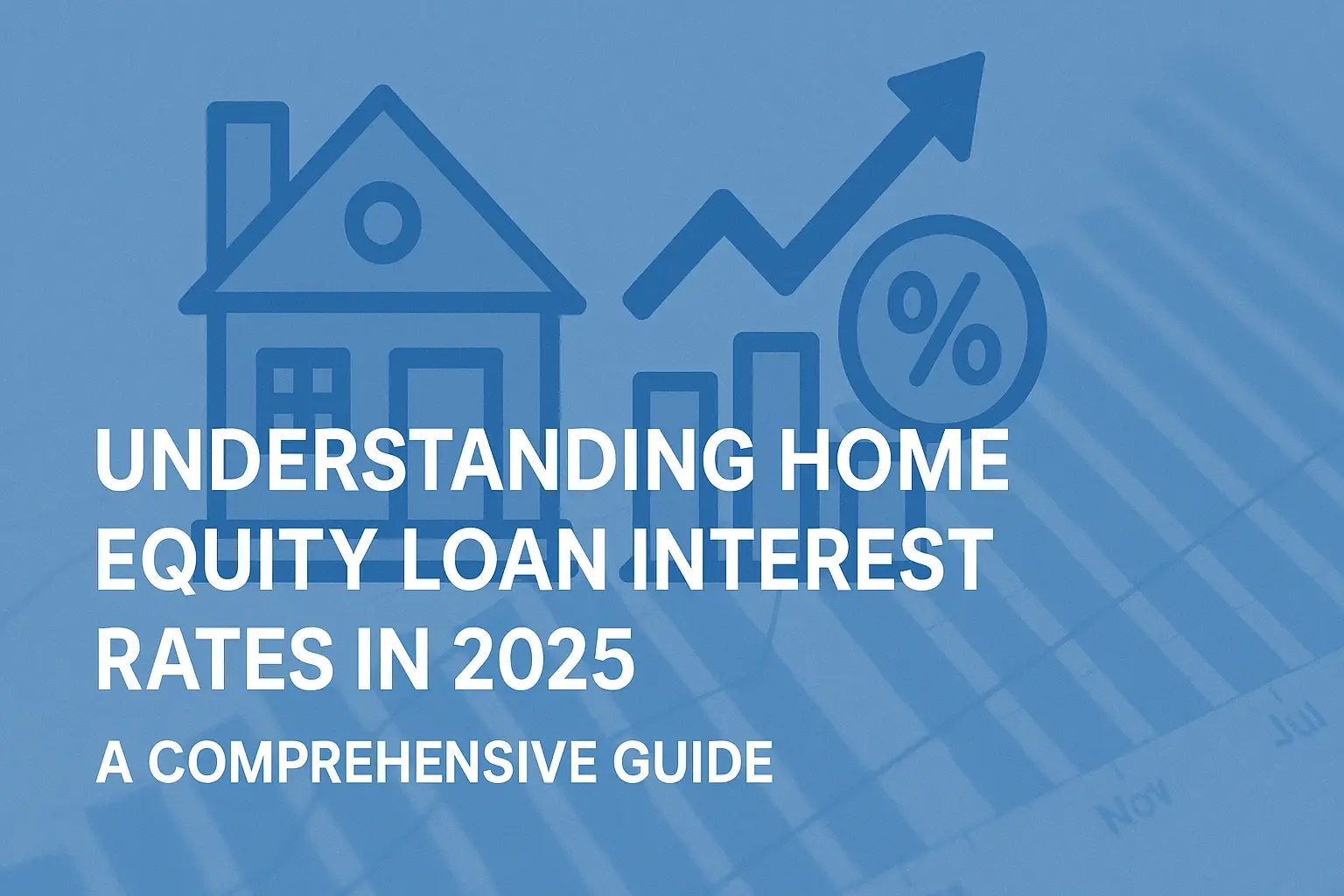-
Posted on: 23 Aug 2024

-
Embarking on the journey to homeownership is an exciting prospect. However, navigating the complexities of mortgage financing can often feel overwhelming. One of the first and most crucial steps is getting prequalified for a home loan. This process gives you a realistic understanding of how much you can afford and strengthens your position when making an offer on a property. This guide will walk you through everything you need to know about how to get prequalified for a home loan, setting you up for success in your home buying adventure.
What is Prequalification and Why is it Important?
Prequalification is an initial assessment by a lender to determine how much you might be able to borrow. It's based on the financial information you provide, such as your income, debts, and assets. Think of it as a preliminary estimate, offering a snapshot of your potential borrowing power. While prequalification isn't a guarantee of loan approval, it's an invaluable tool for several reasons:
- Estimating Affordability: Prequalification gives you a realistic idea of the price range of homes you can comfortably afford. This prevents you from wasting time looking at properties beyond your budget.
- Strengthening Your Offer: Sellers often prefer buyers who are prequalified, as it demonstrates that they have taken the first steps toward securing financing. A prequalification letter can make your offer more competitive, especially in a hot real estate market.
- Identifying Potential Issues: The prequalification process can highlight any potential issues that might hinder your loan approval later on. This gives you time to address them, such as improving your credit score or paying down debt.
- Saving Time and Effort: By understanding your borrowing capacity upfront, you can focus your home search on properties that are within reach, saving you valuable time and energy.
Prequalification vs. Pre-Approval: What's the Difference?
It's important to distinguish between prequalification and pre-approval, as they are often used interchangeably but represent different levels of assessment.
- Prequalification: As mentioned earlier, prequalification is a preliminary assessment based on self-reported information. The lender doesn't typically verify the information at this stage.
- Pre-Approval: Pre-approval is a more thorough process that involves the lender verifying your financial information, including your credit report, income documentation, and asset statements. It provides a stronger indication of loan approval and often comes with a conditional commitment from the lender.
While prequalification is a good starting point, aiming for pre-approval provides an even greater advantage. It demonstrates a higher level of seriousness to sellers and offers more certainty about your financing options.
Steps to Get Prequalified For a Home Loan
The process of getting prequalified for a home loan is generally straightforward and can often be completed online or over the phone. Here's a step-by-step guide:
1. Gather Your Financial Information
Before contacting a lender, gather all the necessary financial information to streamline the process. This typically includes:
- Income Information: Pay stubs (usually covering the last 30 days), W-2 forms (for the past two years), and tax returns (for the past two years if self-employed or have complex income streams).
- Debt Information: Statements for all your outstanding debts, including credit cards, student loans, auto loans, and any other loans.
- Asset Information: Bank statements, investment account statements, and any other documentation of your assets. This demonstrates your ability to make a down payment and cover closing costs.
- Social Security Number: The lender will need your Social Security number to access your credit report.
2. Check Your Credit Score
Your credit score is a crucial factor in determining your eligibility for a home loan and the interest rate you'll receive. Obtain a copy of your credit report from each of the three major credit bureaus (Equifax, Experian, and TransUnion) to identify any errors or inaccuracies that could negatively impact your score. You can get a free copy of your credit report annually from AnnualCreditReport.com.
If you find any errors, dispute them with the credit bureaus immediately. Even a small improvement in your credit score can significantly impact your mortgage rate.
3. Choose a Lender
Research different lenders to find one that suits your needs. Consider:
- Mortgage Rates and Fees: Compare interest rates, origination fees, and other costs associated with the loan. Even a small difference in interest rate can translate to significant savings over the life of the loan.
- Loan Programs: Different lenders offer various loan programs, such as conventional loans, FHA loans, VA loans, and USDA loans. Research which programs you might be eligible for.
- Customer Service: Read reviews and testimonials to gauge the lender's reputation for customer service. A responsive and helpful lender can make the process much smoother.
- Online Portals: Many lenders offer online portals where you can easily upload documents and track the progress of your prequalification application.
Consider getting prequalified by multiple lenders to compare offers and find the most favorable terms.
4. Complete the Prequalification Application
Once you've chosen a lender, complete the prequalification application. This typically involves providing your financial information, including:
- Personal Information: Name, address, Social Security number, and date of birth.
- Employment History: Current and past employers, job titles, and dates of employment.
- Income Details: Gross monthly income and any other sources of income.
- Debt Obligations: Monthly payments and outstanding balances for all your debts.
- Asset Information: Balances in your bank accounts, investment accounts, and other assets.
- Down Payment Amount: How much you have saved for a down payment.
Be honest and accurate when providing this information. Providing false or misleading information can jeopardize your loan application.
5. Receive Your Prequalification Letter
After reviewing your application, the lender will provide you with a prequalification letter. This letter states the estimated loan amount you might be eligible for, the loan type, and the interest rate range. Keep in mind that this is not a loan commitment and is subject to verification of your information and further underwriting.
Improving Your Chances of Getting Prequalified
While prequalification is a preliminary assessment, there are steps you can take to improve your chances of getting prequalified and securing favorable loan terms:
1. Increase Your Credit Score
A higher credit score translates to lower interest rates and better loan terms. Here are some tips to improve your credit score:
- Pay Bills on Time: Payment history is the most significant factor in your credit score.
- Reduce Credit Card Balances: Aim to keep your credit card balances below 30% of your credit limit.
- Avoid Opening New Credit Accounts: Opening too many new accounts in a short period can lower your credit score.
- Monitor Your Credit Report Regularly: Check for errors and dispute any inaccuracies.
2. Lower Your Debt-to-Income Ratio (DTI)
Your debt-to-income ratio (DTI) is the percentage of your gross monthly income that goes toward paying your debts. Lenders prefer borrowers with lower DTI ratios, as it indicates that they have more disposable income and are less likely to default on their loan.
To lower your DTI, consider:
- Paying Down Debt: Focus on paying off high-interest debt first.
- Increasing Your Income: Explore opportunities to increase your income, such as taking on a side hustle or asking for a raise.
- Avoid Taking on New Debt: Refrain from taking out new loans or opening new credit cards before applying for a mortgage.
3. Save For a Larger Down Payment
A larger down payment reduces the amount you need to borrow, which can lower your monthly payments and increase your chances of loan approval. It also demonstrates to the lender that you are financially responsible and have skin in the game.
4. Stabilize Your Employment History
Lenders prefer borrowers with a stable employment history. Avoid changing jobs frequently before applying for a mortgage. Ideally, you should have been employed with the same employer for at least two years.
5. Avoid Major Purchases Before Applying
Avoid making any major purchases, such as a new car or furniture, before applying for a mortgage. These purchases can increase your debt-to-income ratio and lower your credit score, potentially jeopardizing your loan application.
The Next Steps After Prequalification
Once you have your prequalification letter, it's time to start your home search in earnest. Work with a real estate agent to find properties that fit your budget and needs. Once you find a home you love, you can make an offer, backed by the confidence of knowing your financing options.
Remember that prequalification is just the first step. You'll need to go through the formal loan application process, including providing documentation and undergoing a thorough underwriting review, to get final loan approval.








